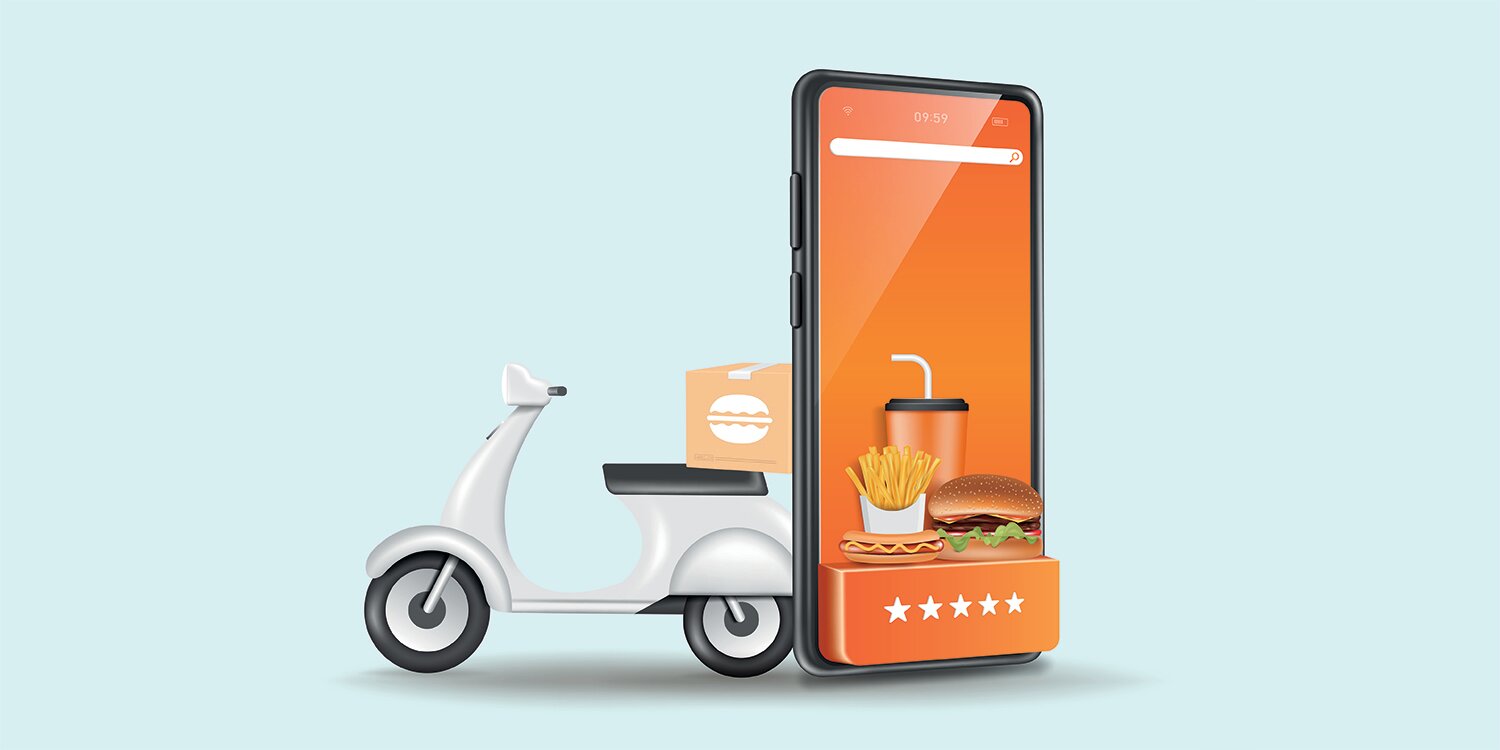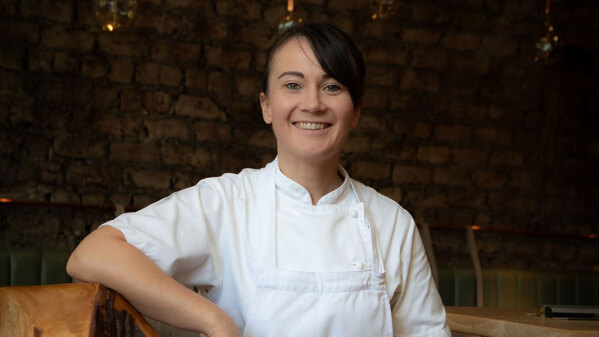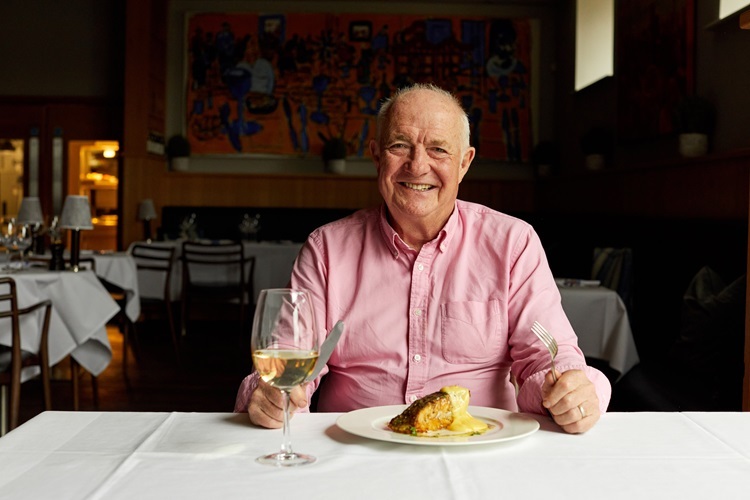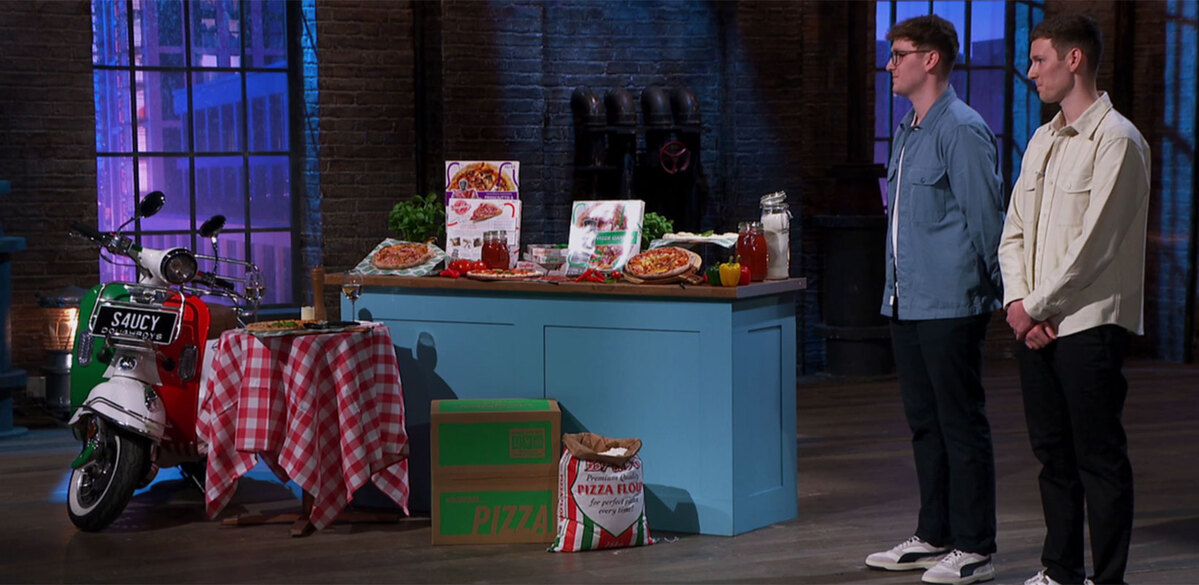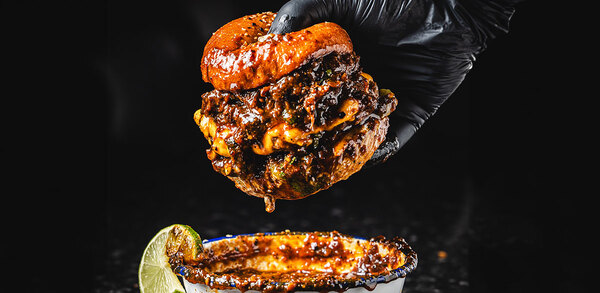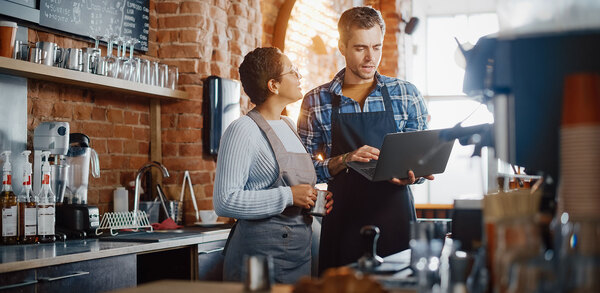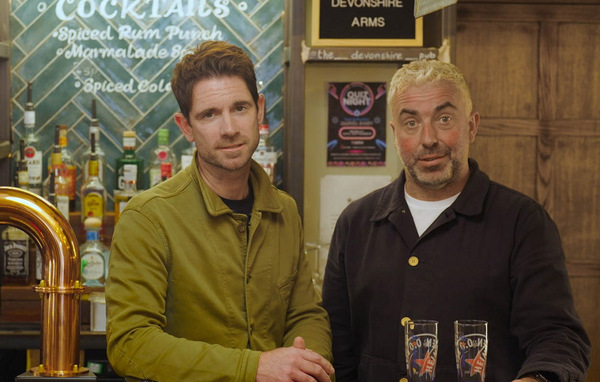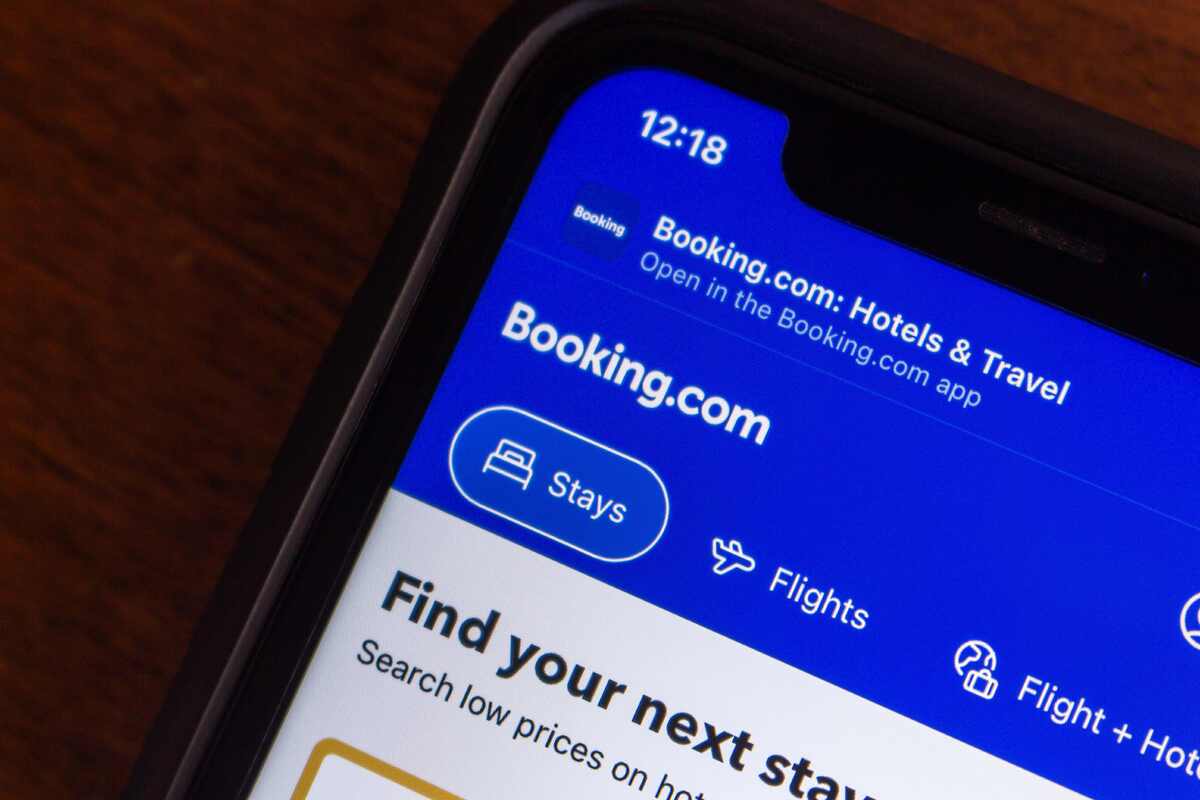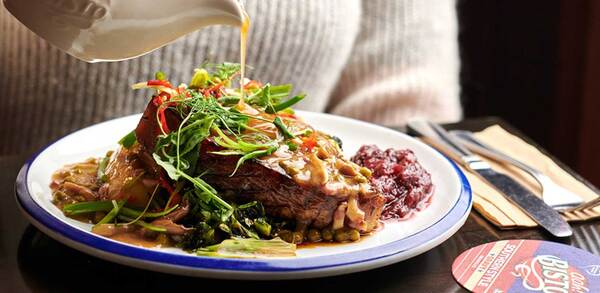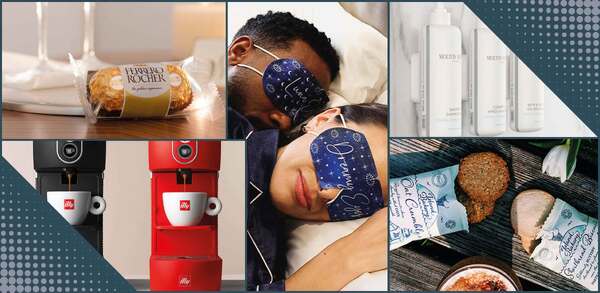Join the e-commerce revolution
Hospitality has famously always lagged behind when it comes to getting online. It’s time for that to change. Kathleen Hall investigates how selling online can bolster your business, from delivery to products
More operators are selling online to customers than ever before, as the pandemic forced many to drastically pivot their business models – from selling takeaways for the first time to setting up online shops. All of which has brought in new customers and increased revenue. However, there’s still more scope to improve e-commerce offerings as the sector begins to get more up to speed with all things digital. One major trend over recent years is the explosion of online delivery platforms, such as Uber Eats, Deliveroo and Just East. For Mexican restaurant chain Chipotle, these platforms have helped transform its UK business.
Chipotle has just over 3,000 restaurants in the US and 11 sites in London, nine of which are full service and two are delivery only. After working with Deliveroo in 2019, Andrew Lawrence, Chipotle’s European IT manager, says: “It was evident that delivery was going to get bigger and we wanted to expand into using other delivery partners.”
But branching out into more deliveries proved a logistical challenge, both in terms of operations and technology. So Chipotle worked with Deliverect to integrate all online orders with its point of sale system, Aloha. “And then in early 2020 we added Uber Eats and Just Eat as second and third delivery partners.” When the pandemic hit, it meant Chipotle was well-placed to gain a lot of custom, says Lawrence. “We’re still running at about 45%-50% delivery, it's a huge part of business.”
Installing a second makeline dedicated to assembling online orders has been crucial in keeping things separate and the dining-in business running smoothly. “The one thing you have to be careful with delivery, is you don’t kill your in-restaurant business,” he says.
Online delivery is expected to fuel further growth in the UK for the chain, with plans to open more restaurants this year and next.
Lawrence believes online platforms have reached a point of maturity. “Hospitality in general is always a number of years behind of what I guess you could call the bleeding edge of technology… A lot of the time hospitality businesses don’t like spending a large amount of money on technology without it being proven. And I think the delivery businesses are starting to prove themselves.”
Get online
Anton Soulier, founder and chief executive of delivery-only digital restaurant platform Taster, agrees the pandemic has made operators completely rethink selling online. The group works with operators who cook menus from its five brands, which are then delivered by third-party platforms such as Deliveroo. Taster is expanding from 150 digital restaurants to 500 by the end of the year.
“The example I always use is that of fashion or retail: 20 years ago, you’d buy clothes on the high street. Now you go to Asos.” A similar disruption is happening to hospitality. “For me it’s almost what happened with Airbnb and the hotel industry.”
Delivery platforms have been criticised for the hefty commission they charge, but Soulier says the cost of the logistics isn’t necessarily linked to the platforms themselves.
“Obviously, when you sell online, you need to pay for the driver, and it’s very expensive. You need to pay for someone who’s going to come to your kitchen collect an order and deliver. So it is a fixed cost.”
He points out the cost of running delivery-only sites is also lower in terms of staff overheads and not having to pay the high rents associated with being in a prime location. “So the model is cheaper than normal restaurants.”
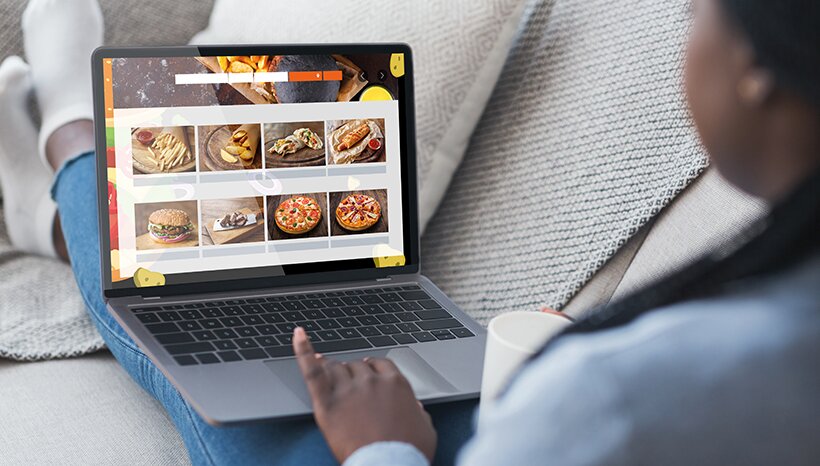
Diverse offerings
However, the sector’s move to e-commerce represents more than just online food orders. London-based coffee chain Grind – recognisable throughout the capital for its Instagram-friendly neon signs – has dramatically changed its business model. Prior to the pandemic it was almost entirely hospitality-focused, now its compostable coffee pods and ‘Grind at Home’ products represent 50% of its business.
When Grind went into the pandemic, 250 people across its nine locations in London were on furlough. Initially a few people stayed on to help build its online coffee pod business, with an increasing number being pulled off furlough to work in its south London roastery to fulfil the growing number of web orders. “By April and May, we were pulling people out of furlough, retraining chefs and retraining baristas to come and work in the roastery,” says Ted Robinson Grind’s chief marketing officer. “We were like, OK, who can drive a fork lift?”
The retail side of the business went from representing less than 1% revenue in January 2020 to growing by 3,000% by May 2020.
“To this day, the retail business is still larger than the restaurant business… It’s insane. Like everywhere, the restaurant business is still on its way to recovery, but I think – at least in revenue terms – we're now primarily a retail business which is just an incredible pivot.”
Grind used e-commerce platform Shopify to help scale up, and with more people working from home, having an online channel may also help future-proof the business.
“The way people drink coffee has moved a lot more towards home and a lot less towards going into the office at 9am. And yes, working from home just feels like it’s not really going away at this point, so we’ll see,” says Robinson. “That said, I think we're not really going anywhere with our stores.”
Meanwhile, other operators have not only changed the way they do business but are applying the latest practices from e-commerce, such as personalisation, to their on-site businesses.
When the pandemic hit the Distillery, a four-floor cocktail spot, boutique hotel and gin experience in London, it was suddenly left with a lot of empty space and not many customers. Fortunately, for the creators of the popular Portobello Road Gin, a two-year project to overhaul its e-commerce strategy and also move to Shopify had just been completed.
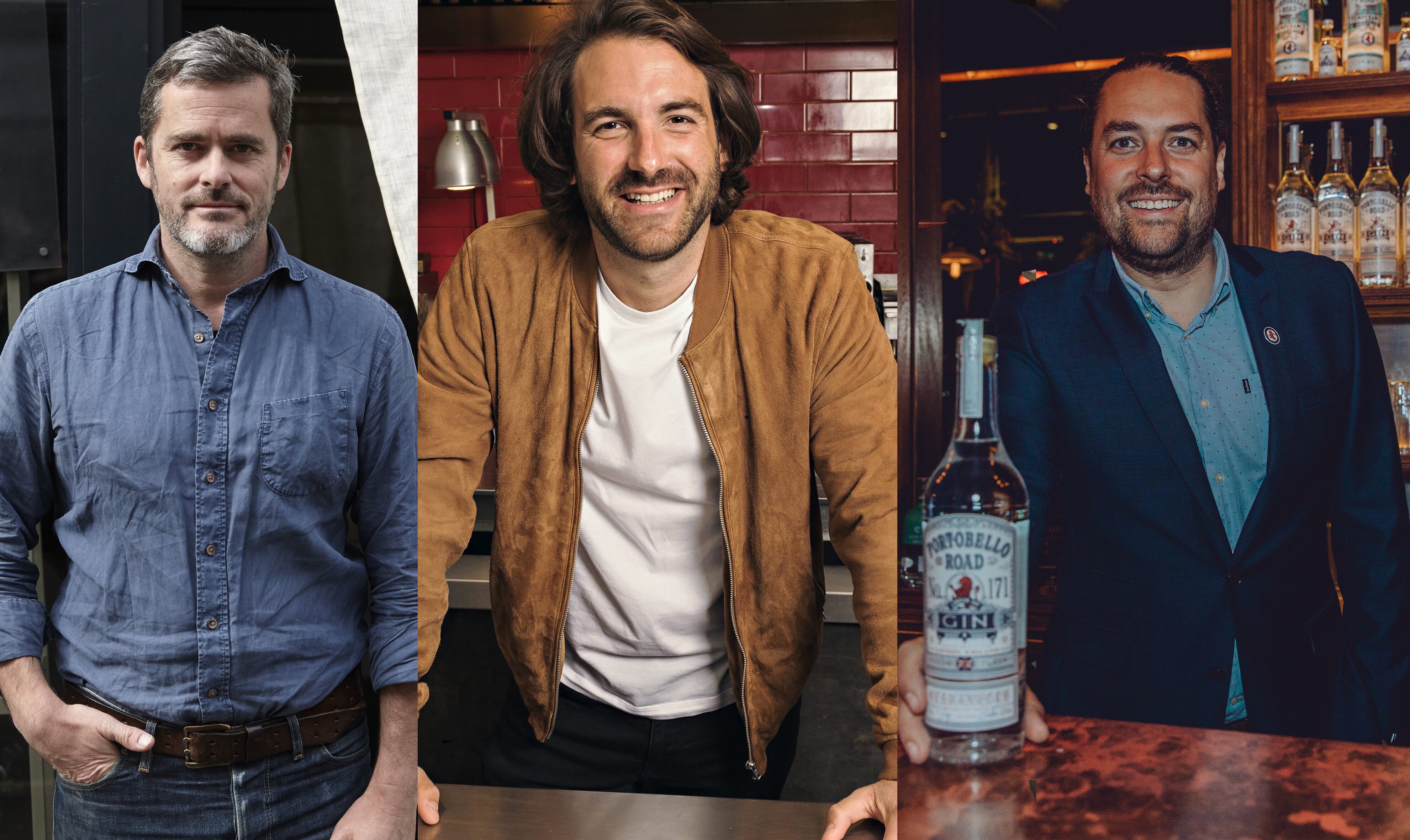
The forced closures provided an opportunity to think about how to change its processes and logistics in order to make a success of selling items online, including cocktail kits as well as bottles of spirits, says Tom Coates who heads up its e-commerce site the Bottle Shop.
“It gave us four floors of space that we fully used during the time we were closed and gave us a bit of time to sort out logistics, to get our heads around how that would look once we were back open again.”
But now the physical site has reopened, it’s also using the platform to make the most of one of one of its biggest assets: their customer database. The Distillery keeps everyone’s recipe on file from the gin experience, with a database of around 100,000 people.
Synced with the e-commerce platform, it’s enabling the business to stay in touch with customers to recommend similar experiences and brands they stock that are relevant to their personal preferences.
“We’re working with the data that we’ve got on [customers’] botanical choices to try and create some automations that say, well, you’ve chosen these beautiful citrus notes in your gin, why didn't you try these cocktails? So quite clever automations that hopefully really work with the customers’ data to try and show them things that they really like, based on their personal choices.”
Other operators are branching out into non-consumable online products. Sheffield-based restaurant Jöro has expanded its online offering significantly over the past few years: selling everything from gift vouchers to candles and, most recently, a chef’s tool kit. Co-owner Stacey French hopes online sales will be further boosted by the appearance of her husband and chef director Luke French on the Great British Menu.
She says broadcasting out to that many people has been a “big opportunity” and is already feeding through to website traffic and sales. However, French points out that the real power of e-commerce is the way it can complement the in-person experience.
Branded items in people’s houses acts as “a constant reminder in front of you of the restaurant,” she says. “And hopefully then that triggers [a feeling of] we’ll go back to Jöro in a month or so… It’s bringing the brand into people’s homes.”
Making it pay
One fundamental aspect of successful online growth is having a payments provider that can scale with the business. Newcastle-based dog café Dog and Scone opened in 2017 and takes a small deposit for bookings online. However, as the business grew it was increasingly getting hit with extra charges by its online payments provider when it regularly went above its monthly transactions cap. Consequently, it moved to payments provider Opayo and Elavon, which as well as cutting costs, which helped it to streamline the payments process. Co-founder Shi Shi Noi says it has been ideal “for a business like ours, which takes lots of small amount payments.”
Vivienne Grace, head of e-commerce sales at Elavon Europe, points out that although the sector has previously been behind retail in some areas, buying habits have changed, which brings new opportunities to hospitality.
“Hospitality has always lagged behind retail in adoption of online trading, but as our buying habits as individuals changed during the pandemic, it’s now an expectation of most consumers, and the benefits it offers to both your business and your customers is extraordinary.
“Technology and social media allow you to offer immersive experiences, tours, videos and great imagery, as well as live chat facilities to discuss sales and get them over the line.
“Online channels and digital transactions provide you with invaluable rich data about your business as well as being cost-effective, as you can cut out third parties that are often costly. Hospitality doesn’t usually have to worry about shipping or returns, so if you can handle bookings and transactions this way, you’re widening your reach and improving efficiency without increasing your administrative workload.
John Devitt, co-founder of London-based udon noodle restaurant Koya, agrees it’s crucial to maximise revenue using digital tools. The restaurant opened a third site, Koya Ko, last year with a specific focus on technology.
“We have a seamless integration with click-and-collect ordering in the restaurants and Deliveroo.” All of that can go through one till, he says.
Devitt believes the charges applied by delivery platforms are offset by the additional business it brings in. “Deliveroo – as much as I am not hugely fond of paying their huge fees – is an income stream that you wouldn’t have had otherwise.”
Koya Mail is the restaurant’s at-home meal kit brand. The restaurant currently makes its noodles on-site, but is in the process of finding a factory space. That space is intended to become a base for Koya Mail to also stock its products in supermarkets.
Rising costs, including VAT, rates and minimum wage increases, are putting a huge squeeze on operators, points out Devitt. “Everything is just really expensive. Energy bills will double from £30,000 to £60,000. That’s a wage – that’s a person.”
In this context, he says having online channels is more crucial than ever. “I think you can’t afford not to have as many revenue streams as possible happening at the same time.”



